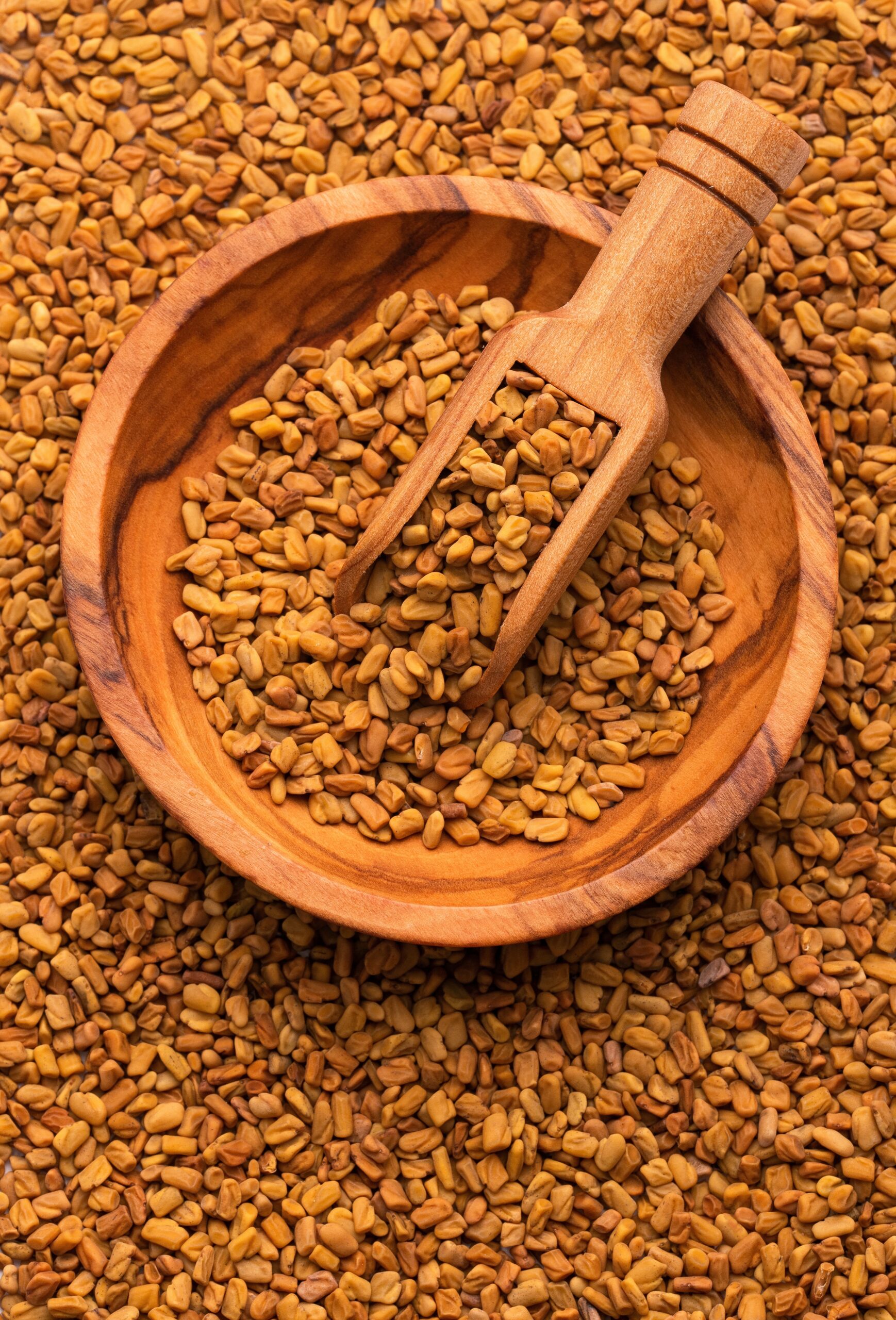
Fenugreek may not be the first spice you reach for, but it’s one worth knowing. With a scent that reminds some people of maple syrup and a flavor that’s strong, earthy, and slightly bitter, it can surprise you the first time you taste it. Used in the right way, though, fenugreek brings a depth and warmth that makes dishes more memorable.
It wears many hats—used as a seed, a fresh herb, and even in traditional remedies. You’ll see it in spice blends, dals, flatbreads, curries, teas, and even in wellness powders and oils. It may not take center stage, but when balanced with other spices, it adds something unique that lingers.
Here’s a closer look at where fenugreek comes from, how to use it in cooking, and why it deserves a spot in your pantry.
What Exactly Is Fenugreek? And Why It’s Not Just a Spice
Fenugreek comes from a small leafy plant (Trigonella foenum-graecum) in the legume family. It produces golden-brown seeds that are used as a spice and soft green leaves used as an herb.
While the seeds are the most famous part, the entire plant is useful. The fresh leaves are tossed into curries and flatbreads, the dried version (called Kasuri Methi) is crushed for its aroma, and the seeds go into spice blends, pickles, and herbal teas.
It’s not the flashiest spice—but it’s one of the most versatile. And its reach goes far beyond just cooking.
Quick Facts About Fenugreek Seeds
- What it is: Seeds from the fenugreek plant, also used as fresh or dried leaves (kasuri methi)
- Flavor: Slightly bitter, nutty, with a maple-like aroma
- Best in: Curries, dals, flatbreads, pickles, and spice blends
- Special note: Used in traditional remedies for digestion and wellness
- Storage: Keep in an airtight jar, cool and dark; use within 6–12 months for best flavor

What It Tastes Like
Fenugreek is one of those ingredients that tastes different depending on how you use it. The seeds are bitter and nutty when raw, but once toasted or cooked into dishes, they develop a warm, maple-like depth that’s surprisingly smooth.
The dried leaves (kasuri methi) add a mild, earthy aroma that softens rich gravies, sauces, and even flatbreads. Meanwhile, the fresh leaves have a sharper, slightly grassy taste—great in stir-fries or added like spinach.
Think of it as a background singer that knows exactly when to shine and when to blend in.
Fenugreek at a Glance
- Scientific Name: Trigonella foenum-graecum
- Parts Used: Seeds, fresh leaves, dried leaves (Kasuri Methi)
- Flavor Profile: Bitter, nutty, maple-like when toasted
- Cuisines: Indian, Middle Eastern, Ethiopian, Mediterranean
- Popular Uses: Curries, breads, spice blends, herbal teas
- Key Pairings: Cumin, coriander, tomato, garlic, butter/ghee
- Storage: Airtight container, cool & dark place
- Nutrition (per tablespoon seeds): 35 kcal, 3g protein, 3g fiber, rich in iron & magnesium
- Potential Benefits: Supports digestion, may help blood sugar, can promote lactation
- Potential Risks: May lower blood sugar too much, possible allergies, avoid high doses in pregnancy
Culinary Uses Around the World
Fenugreek isn’t just a one-region wonder. It pops up in kitchens across the globe—each culture using it in its own clever way.
- In the Middle East, fenugreek seeds are soaked and ground into spice pastes or used in spice blends like hilbeh in Yemen.
- In Ethiopia, it’s a key part of niter kibbeh (spiced clarified butter) and the famous berbere spice mix.
- In South Asia, it’s found in everything from curries to lentils, pickles to breads. Dried leaves (kasuri methi) are crushed into creamy sauces or added at the end for an aromatic finish.
- In Europe and beyond, it sneaks into herbal teas, wellness powders, and even natural maple flavorings.
Wherever it goes, fenugreek brings depth, complexity, and that unmistakable edge.
Flavor Pairings
Fenugreek has a bold, slightly bitter edge—like burnt sugar meets celery seed. But when paired right, it brings warmth and depth to a dish.
Here’s what it plays well with:
- Cumin and coriander: These mellow spices balance fenugreek’s bite.
- Tomato and garlic: The acidity of tomato and the richness of garlic smooth out its bitterness.
- Butter and ghee: A little fat goes a long way in softening its sharpness and bringing out a toasty flavor.
- Coconut milk: The creaminess rounds off the flavor beautifully, especially in curries.
- Mustard and chili: Fenugreek fits right into bold, punchy flavor profiles where heat and tang are key.
Whether you’re adding seeds to a spice mix or finishing a curry with crushed dried leaves, keep these pairings in mind—and let the fenugreek do its magic without taking over.
How to Store Fenugreek
Seeds:
Keep fenugreek seeds in an airtight container, away from light and moisture. A cool, dry pantry shelf works best. Stored this way, they stay fresh for up to a year.
Leaves (Fresh):
Wrap fresh fenugreek leaves in a paper towel and place them in a perforated bag in the fridge. Use within 2–3 days for best flavor.
Leaves (Dried):
Dried fenugreek leaves (kasuri methi) should be stored in a tightly sealed jar, away from sunlight. They’ll hold their aroma for several months.
Powdered Form:
Fenugreek powder can lose potency quickly. Store it in a dark jar, tightly sealed, and use within 3–4 months.
Fenugreek Substitutes
If you're out of fenugreek or can’t find it, here are a few solid stand-ins that mimic its flavor or function:
- Maple Syrup (for seeds or powder):
It might sound odd, but fenugreek seeds have a naturally sweet, maple-like aroma. A small amount of maple syrup can work in sauces or curries that need that mellow sweetness. - Mustard Seeds + Fennel Seeds:
For cooking, a mix of yellow mustard seeds (for the slight bitterness) and fennel (for the aroma) can come close to the flavor profile. - Celery Leaves (for fresh methi leaves):
While not identical, chopped celery leaves can add a similar slight bitterness and green freshness to dishes like parathas or curries. - Spinach + Fenugreek Powder:
If you have dried fenugreek but no fresh leaves, mix powdered fenugreek into sautéed spinach to mimic the flavor and texture of methi sabzi.
Health Benefits That Actually Matter
Fenugreek isn’t just flavor—it’s also packed with practical perks. Here are a few health benefits that have caught real attention:
May Help Manage Blood Sugar
Fenugreek seeds contain soluble fiber, which can help slow down the absorption of carbs and sugar. Some studies show they may support better blood sugar control in people with diabetes (Source).
Supports Digestion
Feeling bloated? Fenugreek has traditionally been used to ease indigestion and heartburn. Its fiber content helps keep things moving smoothly (Sources 1, 2).
Might Boost Milk Supply
Fenugreek tea or supplements are often recommended to nursing moms—it’s one of the most common herbs linked to improved milk production (Source).
Anti-Inflammatory Compounds
Fenugreek contains antioxidants and compounds that may help reduce internal inflammation, making it a popular choice in herbal remedies (Source).
May Curb Appetite
Some small studies suggest that fenugreek might help reduce hunger and improve satiety—though more research is needed to be sure (Source).
Nutritional Value of Fenugreek (Per Tablespoon – 11g)
- Calories: 35 kcal
- Protein: 3 grams
- Fat: 0.7 grams
- Carbohydrates: 6 grams
- Fiber: 3 grams
- Iron: 20% of the Daily Value (DV)
- Magnesium: 5% of the DV
- Manganese: 7% of the DV
- Copper: 6% of the DV
This humble spoonful delivers plant protein, fiber, and important minerals without piling on calories. It’s an easy way to add quiet strength to your meals.
Fenugreek in Traditional Medicine
Long before fenugreek made it into spice cabinets, it was prized in traditional medicine systems across the world.
- Ayurveda has used fenugreek for centuries to support digestion, ease menstrual discomfort, and even promote hair growth. It’s often ground into pastes or brewed as tea.
- Traditional Chinese Medicine (TCM) uses fenugreek to warm the body and relieve aches, especially in the lower back and knees.
- Folk remedies in parts of the Mediterranean and Middle East turn to fenugreek for coughs, congestion, and as a natural tonic for fatigue.
While modern science is still catching up, these time-tested uses are a big reason fenugreek is still loved in wellness circles today.
Fenugreek in Modern Wellness Trends
Fenugreek has found its way from traditional kitchens to modern wellness shelves—and it's wearing many hats.
- Lactation support: One of the most popular uses today is fenugreek capsules or teas for new moms. Many believe it helps boost milk supply, though results vary person to person.
- Hair and skin care: Fenugreek is now showing up in DIY masks and natural shampoos. It’s believed to reduce dandruff, fight acne, and even promote hair growth.
- Blood sugar support: Some people turn to fenugreek supplements to help manage blood sugar levels, though you should always talk to a doctor before using it that way.
- Protein powders & energy mixes: Ground fenugreek seeds are sometimes added to modern health blends thanks to their fiber and plant protein content.
It’s not a miracle cure—but clearly, this little seed has stayed in the spotlight for a reason.

Quick Tips to Use Fenugreek Better
Getting fenugreek just right takes a little know-how. Too much, and it can overpower. Just enough, and it adds magic.
- Toast the seeds lightly before using — it brings out their nutty aroma and takes off the bitter edge.
- Soak whole seeds overnight if you're using them in pickles or sprouting—this makes them softer and easier to digest.
- Crush dried leaves (kasuri methi) between your palms right before adding them to a dish. This releases their aroma.
- Use sparingly — a pinch of seeds or a tablespoon of leaves is often enough for one dish.
- Pair with fats like butter, oil, or ghee to round out its sharpness and carry its flavor further.
Think of it like a squeeze of lemon—small amount, big impact.
Fenugreek in Drinks and Home Remedies
Fenugreek isn’t just for cooking—it’s been steeped, soaked, and sipped for centuries.
- Fenugreek Water: Soak a teaspoon of seeds overnight, then drink the strained water in the morning. It’s a popular home remedy for digestion, bloating, and blood sugar control.
- Herbal Teas: Fenugreek seeds are often brewed with fennel, ginger, or cinnamon for calming teas that support metabolism and soothe the gut.
- Methi Kadha (Spiced Decoction): In traditional households, crushed seeds are simmered with turmeric, black pepper, and honey to make a warming drink for colds or sore throats.
- Lactation Boosters: Many new mothers sip fenugreek-infused drinks to support milk production, often paired with other herbs like fennel and ajwain.
These remedies aren’t magic potions—but they’ve stuck around for good reason. Just a few seeds go a long way in your cup.
Potential Health Risks of Fenugreek
Fenugreek is natural, but like anything, it’s not risk-free—especially if overused or taken without guidance.
- Low blood sugar: It may lower blood glucose levels, which is helpful for some but risky for people already on diabetes medication (Source).
- Digestive issues: In large amounts, fenugreek can cause bloating, gas, or even diarrhea (Source).
- Allergic reactions: Some people experience nasal congestion, coughing, or skin irritation—especially those allergic to peanuts or chickpeas (Source).
- Pregnancy caution: Fenugreek is traditionally used to stimulate labor, so pregnant women should avoid high doses unless advised by a healthcare provider (Source).
- Maple syrup smell: Harmless but surprising—fenugreek can cause a maple-like odor in sweat or urine due to a compound called sotolon (Source).
When in doubt, go small—especially with supplements. Natural doesn’t always mean safe in every dose.
Final Thoughts: Small Seeds with Golden Stories
Fenugreek may look humble, but it’s been part of kitchens, medicine cabinets, and wellness traditions for centuries. Whether you’re toasting it for flavor, soaking it for a home remedy, or exploring its potential health benefits, this little seed brings a lot to the table.
Just remember—use it wisely, know its forms, and don’t confuse it with its spice rack neighbors. A sprinkle can transform a dish, and a sip of its tea can soothe more than just your throat.
From food to folk wisdom, fenugreek proves that some of the best things really do come in small, golden packages.
FAQs
1. What does fenugreek taste like?
It has a mildly bitter, nutty flavor that turns warm and slightly sweet when toasted—often compared to maple syrup.
2. Can I eat fenugreek raw?
Fresh leaves can be eaten raw in salads, but the seeds are usually cooked, soaked, or sprouted to mellow their bitterness.
3. Is it safe to eat fenugreek every day?
In small amounts used for cooking, yes. Large doses—especially in supplements—can cause side effects, so check with your doctor if taking it for health purposes.
4. Does fenugreek help hair and skin?
It’s a common ingredient in DIY hair masks and oils for promoting growth, reducing dandruff, and soothing skin irritation.
5. Can pregnant women use fenugreek?
Not without medical guidance. High doses may trigger uterine contractions, so it should be avoided unless approved by a healthcare provider.
Learn More About Fenugreek
Wikipedia – Fenugreek
- A detailed overview covering the history, culinary uses, nutritional value, production, nutritional profile, adverse effects and allergies etc. Read on Wikipedia
Healthline – Fenugreek Uses, Benefits, Side Effects and More
- A short engaging article explaining what fenugreek is, nutritional profile, how to use it, effects on breast milk production, effects on testosterone level in men, health benefits and risks etc. Read on Healthline


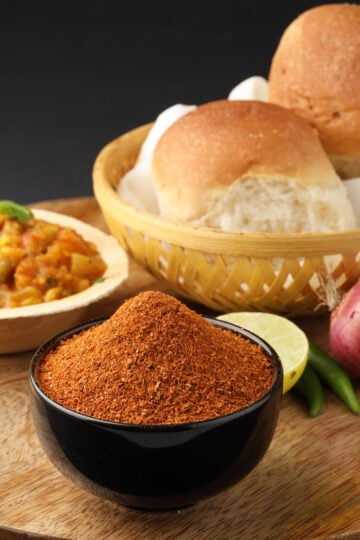
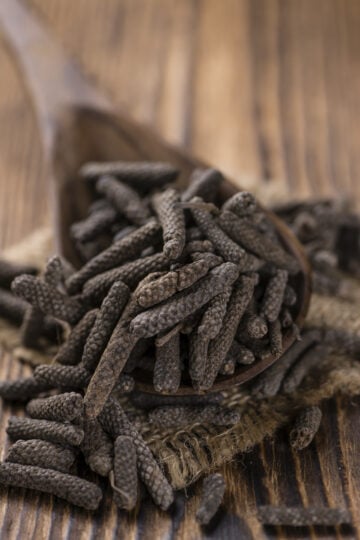
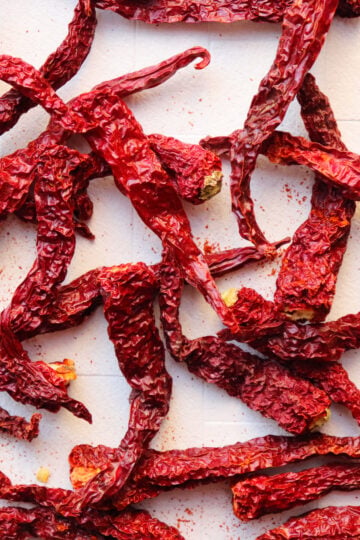
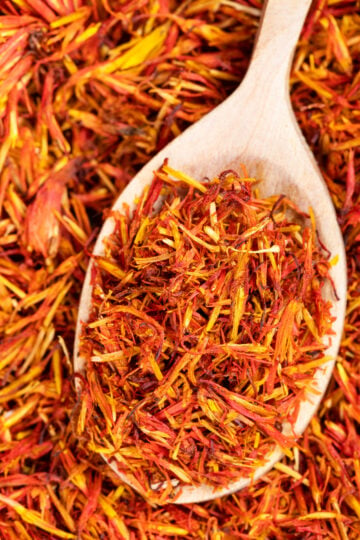
Have a question or something to share? Leave a comment below!